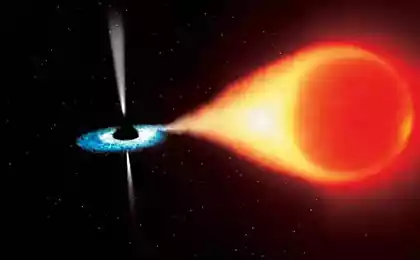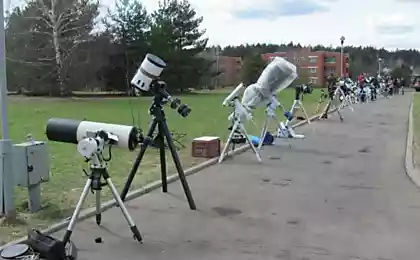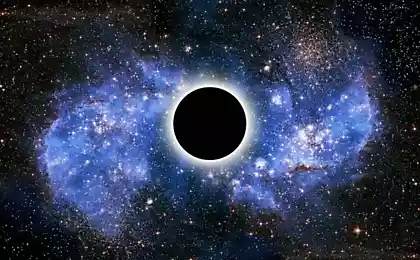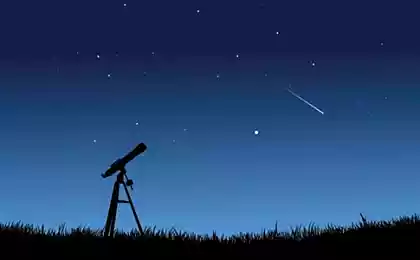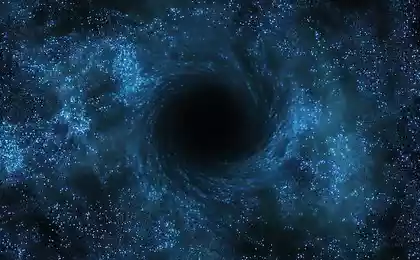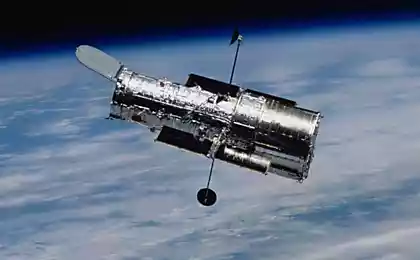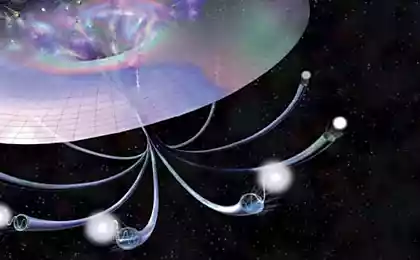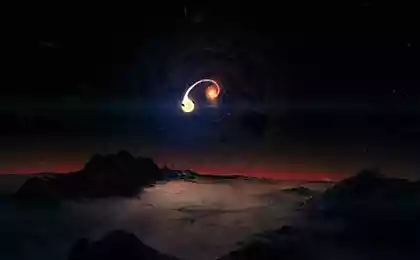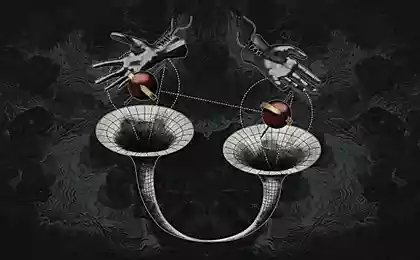445
Unique telescope looks in black holes
Today at 10:07 Moscow Russia successfully put into orbit a unique astrophysical observatory "Spektr-R».
The radio telescope was launched from Baikonur Cosmodrome at 06:31 am via the carrier rocket "Zenit-3 SL BF". By the way, this missile is considered to be environmentally friendly - it as a component of rocket fuel used kerosene and oxygen.
The radio telescope "Spektr-R" is designed to study galaxies and quasars, neutron stars and black holes. This is the first in the last quarter-century Russian automatic Astrophysical Observatory. It consists of a base platform, developed by NPO. Lavochkin, and the 10-meter radio telescope, which was created by Russian and foreign companies. Experts expect that the telescope will work in space for at least five years.
"Spektr-R" will fly an elliptical orbit with a maximum distance from Earth for 350 thousand kilometers. While more than 50 thousand kilometers away from the moon, the observatory will be constantly testing her weak gravitational influence.
Victor Hart, head of the NPO. Lavochkin: "This is a very interesting start is because it was found such a" tricky "orbit. Under the influence of the moon's orbit would change their plane due to which will be scanning the sky the telescope. "
www.ntv.ru/novosti/233628/
Well, last but not God forbid.
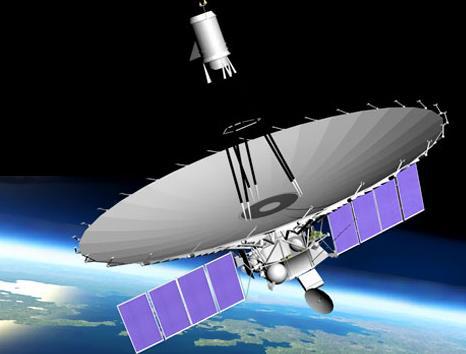
Source:
The radio telescope was launched from Baikonur Cosmodrome at 06:31 am via the carrier rocket "Zenit-3 SL BF". By the way, this missile is considered to be environmentally friendly - it as a component of rocket fuel used kerosene and oxygen.
The radio telescope "Spektr-R" is designed to study galaxies and quasars, neutron stars and black holes. This is the first in the last quarter-century Russian automatic Astrophysical Observatory. It consists of a base platform, developed by NPO. Lavochkin, and the 10-meter radio telescope, which was created by Russian and foreign companies. Experts expect that the telescope will work in space for at least five years.
"Spektr-R" will fly an elliptical orbit with a maximum distance from Earth for 350 thousand kilometers. While more than 50 thousand kilometers away from the moon, the observatory will be constantly testing her weak gravitational influence.
Victor Hart, head of the NPO. Lavochkin: "This is a very interesting start is because it was found such a" tricky "orbit. Under the influence of the moon's orbit would change their plane due to which will be scanning the sky the telescope. "
www.ntv.ru/novosti/233628/
Well, last but not God forbid.

Source:
